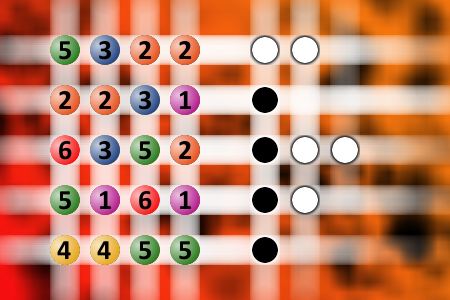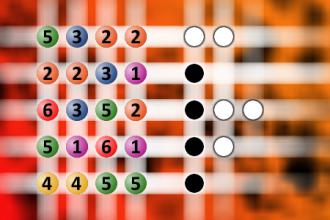What a winning combination?
The computer chose a secret code (sequence of 4 digits from 1 to 6). Your goal is to find that code. Black circles indicate the number of hits on the right spot. White circles indicate the number of hits on the wrong spot.Correct answers: 14
The first user who solved this task is Nasrin 24 T.
#brainteasers #mastermind

Jim Gaffigan: Lazy for No Reason
You ever find yourself being lazy for no reason at all? Like you pick up your mail, you go in your house, you realize you have a letter for a neighbor -- you ever just look at the letter and go, 'Hm, looks like they're never getting this. Takes too much energy to go outside.'

